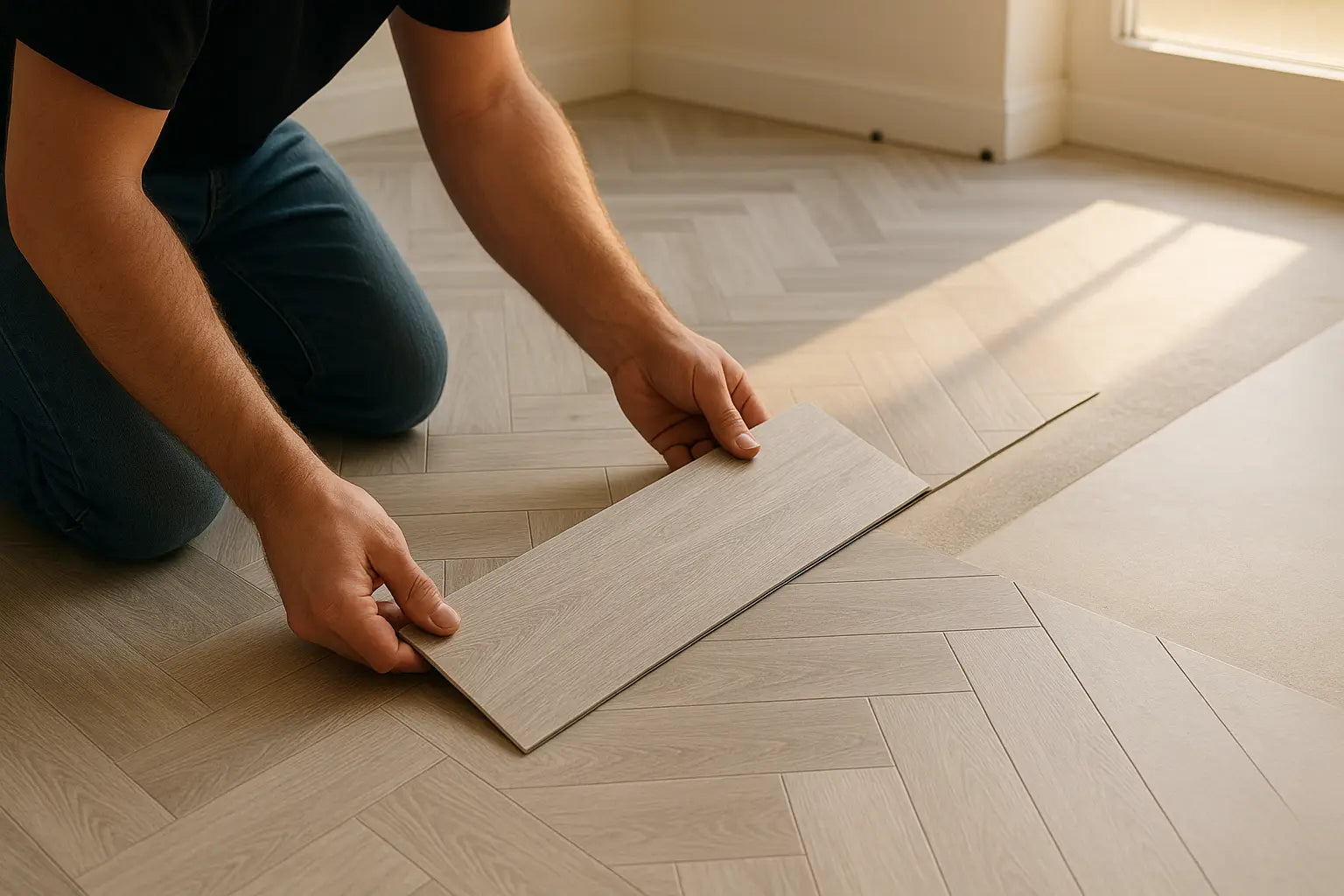Table of Contents
- 1. Introduction
- 2. What is LVT Flooring?
- 3. Benefits of LVT Flooring
- 4. Installation Process
- 5. Maintenance of LVT Flooring
- 6. Sustainability Aspects
- 7. Design Options
- 8. Cost Comparison
- 9. Frequently Asked Questions
1. Introduction
LVT flooring, or Luxury Vinyl Tile flooring, is a modern flooring solution that has gained significant popularity in both residential and commercial environments. With its versatile design, durability, and ease of maintenance, LVT flooring represents a compelling choice for those looking to enhance their spaces. This article will explore what LVT flooring is, its benefits, installation processes, and much more, providing you with a comprehensive understanding of this innovative flooring option.
2. What is LVT Flooring?
LVT flooring is a type of vinyl flooring that mimics the appearance of natural materials like wood or stone while offering enhanced durability and resilience. Composed of multiple layers, LVT flooring includes a backing layer, a core layer, a design layer, and a protective wear layer. This construction allows it to withstand the wear and tear of daily life while providing a stylish aesthetic.
2.1 The Composition of LVT Flooring
The layers that make up LVT flooring are essential to understanding its functionality:
- Backing Layer: Provides support and stability.
- Core Layer: Offers structure and durability, often made from a composite material.
- Design Layer: Features high-resolution images that replicate natural materials.
- Wear Layer: Protects against scratches, stains, and fading.
3. Benefits of LVT Flooring
Understanding the advantages of LVT flooring is crucial for anyone considering this flooring option. Here are some of the most notable benefits:
3.1 Durability and Resilience
LVT flooring is designed to endure heavy foot traffic, making it ideal for both homes and commercial spaces. Its wear layer protects against scratches and scuffs, ensuring it maintains its appearance for years.
3.2 Water Resistance
Because it is made from vinyl, LVT flooring is inherently water-resistant. This quality makes it suitable for areas prone to moisture, such as kitchens and bathrooms.
3.3 Aesthetic Versatility
One of the standout features of LVT flooring is its aesthetic versatility. It comes in a variety of designs, colours, and textures that can complement any interior style.
4. Installation Process
Installing LVT flooring can be a straightforward process, especially for those who opt for click-lock systems. Here’s a brief overview of the installation steps:
- Prepare the subfloor, ensuring it is clean and level.
- Acclimate the LVT flooring by allowing it to sit in the installation area for 48 hours.
- Begin laying the planks or tiles, starting from a corner.
- Use spacers to maintain expansion gaps against walls.
- Finish by trimming the edges and reinstalling baseboards.
5. Maintenance of LVT Flooring
Maintaining LVT flooring is relatively simple, which adds to its appeal. Regular cleaning involves:
- Using a broom or vacuum to remove debris.
- Wiping with a damp mop and a mild detergent as needed.
- Avoiding harsh chemicals that could damage the wear layer.
6. Sustainability Aspects
As sustainability becomes increasingly important, many homeowners are looking for eco-friendly options. LVT flooring can be a sustainable choice as it often contains recycled materials and is 100% recyclable at the end of its life cycle.
7. Design Options
The design options available with LVT flooring are almost limitless, making it a versatile choice for any interior. From traditional wood designs to modern stone finishes, LVT can accommodate diverse aesthetic preferences. For instance, the Polyflor Camaro Rigid Core LVT Herringbone offers a striking herringbone pattern that adds a unique touch to any room.
8. Cost Comparison
When considering flooring options, it's essential to evaluate costs. Below is a comparison table to illustrate the costs associated with LVT flooring versus traditional options:
| Flooring Type | Average Cost per Square Metre | Life Expectancy |
|---|---|---|
| LVT Flooring | £20 - £40 | 10 - 20 years |
| Solid Hardwood | £50 - £100 | 25 - 100 years |
| Ceramic Tile | £30 - £60 | 20 - 50 years |
9. Frequently Asked Questions
9.1 How long does LVT flooring last?
LVT flooring can last anywhere from 10 to 20 years, depending on maintenance and foot traffic.
9.2 Is LVT flooring suitable for pets?
Yes, its durability and scratch resistance make it a great choice for homes with pets.
9.3 Can LVT flooring be installed over existing floors?
Generally, LVT can be installed over most existing floors, provided they are level and clean.
9.4 Is LVT flooring comfortable underfoot?
Yes, LVT flooring is softer and warmer underfoot compared to tiles or hardwood.
9.5 Can LVT flooring fade in the sun?
While LVT flooring is designed to resist fading, prolonged exposure to direct sunlight can still cause some discolouration over time.
9.6 What should I use to clean LVT flooring?
A damp mop with a mild detergent is typically sufficient for cleaning LVT flooring.
9.7 Is LVT flooring environmentally friendly?
Many LVT products are made from recycled materials and are 100% recyclable, making them an eco-friendly option.
In conclusion, LVT flooring offers a robust, stylish, and practical solution for modern flooring needs. With its wide range of designs, durability, and ease of maintenance, it's an option worth considering for any renovation project.

